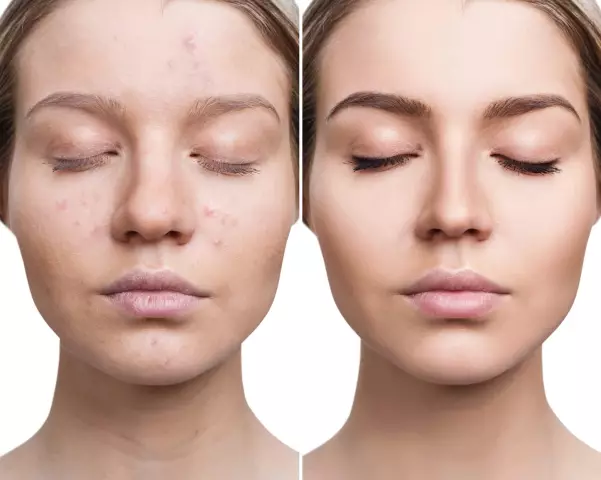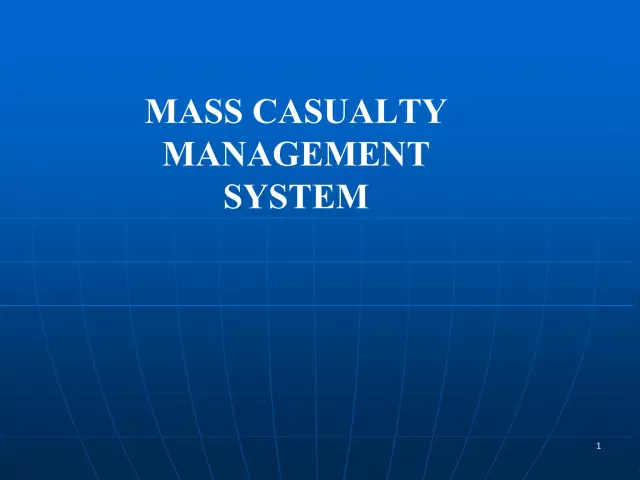- Author Rachel Wainwright [email protected].
- Public 2023-12-15 07:39.
- Last modified 2025-11-02 20:14.
Physiotherapist
Physiotherapist - a specialist who treats diseases using physical factors, namely: magnetic fields, ultrasound, cold or heat, ultraviolet radiation, etc.

Features of the profession
Physiotherapy refers to the branch of medicine devoted to the healing properties of physical factors of influence, such as electric current, ultrasound, magnetic fields, laser, heat or cold, etc.
Physiotherapy is very common in modern medicine. Undoubtedly, it is not able to replace surgical or medical treatment, but it can perfectly complement it. Therefore, physiotherapy is most often used as part of the complex treatment of a patient.
The main advantage of physical therapy is that it can reduce the drug load on the body.
The surgical method of treating diseases is the most radical and even after the most brilliantly performed operation, the patient needs strength and time to recover. Physiotherapy helps to significantly speed up this process.
When and which physiotherapy methods to use for each individual patient, the attending physician, the physiotherapist, decides.
As a rule, treatment occurs in the following way. A rheumatologist, for example, prescribes medications for a sore joint for a patient and at the same time advises him to go to an appointment with a physiotherapist for ultrasound sessions.
The physiotherapist performs the reception in the clinic in the physiotherapy department, or in a multidisciplinary or specialized medical center, in sanatoriums and other medical institutions.
What diseases does a physiotherapist deal with?
The profession of a physiotherapist is to treat a wide variety of diseases: the nervous system, musculoskeletal system, ENT organs, blood vessels, eyes, respiratory organs, etc.
The competence of the pediatric physiotherapist is the treatment of diseases of the gastrointestinal tract, genitourinary, nervous system and other organs using natural factors.
When should I see a physical therapist?
Consultation with an experienced physiotherapist is helpful for:
- Mastopathy;
- Urological diseases;
- Conditions after operations;
- Pain syndrome;
- Soldering process;
- Injuries to the musculoskeletal system;
- Preparation for IVF and pregnancy in general;
- Pelvic ganglioneuritis;
- Chronic inflammation of the uterus and appendages;
- Genital infantilism and uterine hypoplasia;
- Violation of the menstrual cycle;
- Diseases of the spine and joints.
When should you see a pediatric physiotherapist?
Physiotherapy is indispensable during the period of rehabilitation of a child's body, recovery from serious illness. Also, it is necessary to contact a children's physiotherapist in order to prevent exacerbations of various diseases, to strengthen the body, maintain tone, increase endurance and physical performance.
What are the main types of diagnostics performed by a physiotherapist?
The most common diagnostic methods used by a physical therapist are:
- Electrophoresis is a method that involves exposing the body to an electric current and introducing a medicinal substance with it. As a result of this method, a long-term medicinal effect on the body occurs. With the help of electrophoresis, a high concentration of medicinal substances is created in the area of the focus of pathology or lesion, but the whole organism is not saturated with the drug. This avoids many adverse reactions from the drugs administered. The advantage of this method is absolute painlessness and a variety of therapeutic effects: sedative, analgesic, anti-inflammatory, secretory, relaxing, vasodilating, lymphatic drainage, and improving metabolism.
- Magnetotherapy is a therapeutic method that combines shifts in the blood system, endocrine, vascular, central nervous system using a magnetic field. This method has a protective effect on the body against various external pathogens. Physiotherapist prescribes magnetotherapy to activate metabolism in tissues and organs, to accelerate wound healing and eliminate infiltration.
- Laser therapy is a method in which a physiotherapist uses laser radiation, thereby enhancing the synthesis of proteins and nucleic acids, promoting the breakdown of carbohydrate and fat molecules, and the formation of energy in cells. Physiotherapists often use this method to enhance the activity of the immune system, relieve swelling of inflamed tissues, and reduce pain sensitivity in the focus of inflammation.
Also, the physiotherapist can prescribe ozone therapy, laser reflexology, massage, diadynamic therapy, phonophoresis, SMT-phoresis, UFO therapy, ultrasound therapy, sinusoidal modulated currents, OCUF therapy, abdominal decompression, etc.
Physiotherapists divide all methods of exposure into two groups:
- Natural (natural methods), which include: climate (mountain, sea, forest), fresh water (dousing), mineral waters, peloids (mud).
- Artificial methods: impulse current, direct current, alternating current, magnetic field, electric field, heat, cold, mechanical factors (manual therapy, massage), optical radiation.
What qualities and knowledge should a physiotherapist have?
The profession of a physiotherapist implies not only an interest in medicine, but also a desire to help people, an interest in technology, good intelligence and responsibility, a desire to constantly develop, the ability to master new technologies.
In order to use his knowledge competently, a physiotherapist must be well versed in the nature of chemical and physical effects, and be proficient in treatment methods. He should know the main syndromes and symptoms of various diseases, in which physiotherapy methods can be used, and also be able to work with medical equipment.
Found a mistake in the text? Select it and press Ctrl + Enter.






